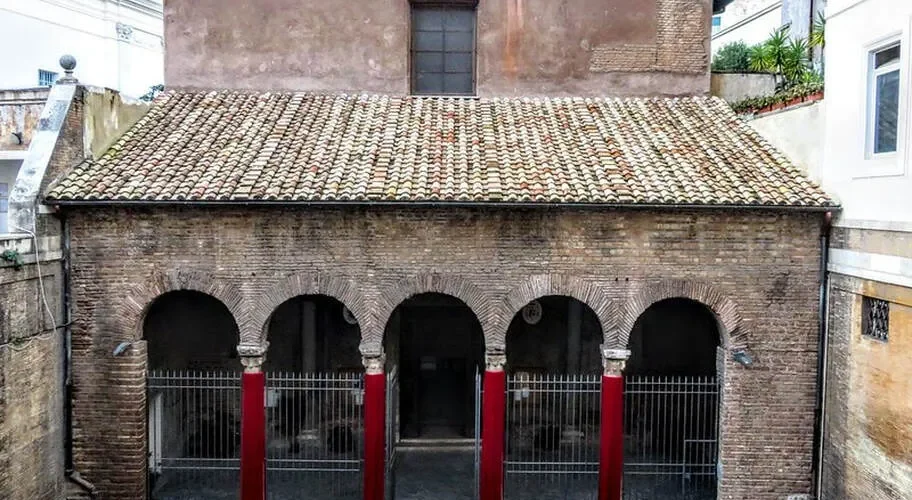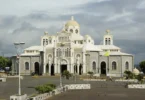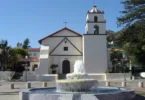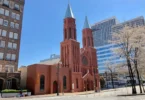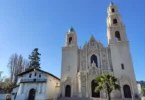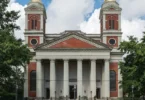Introduction
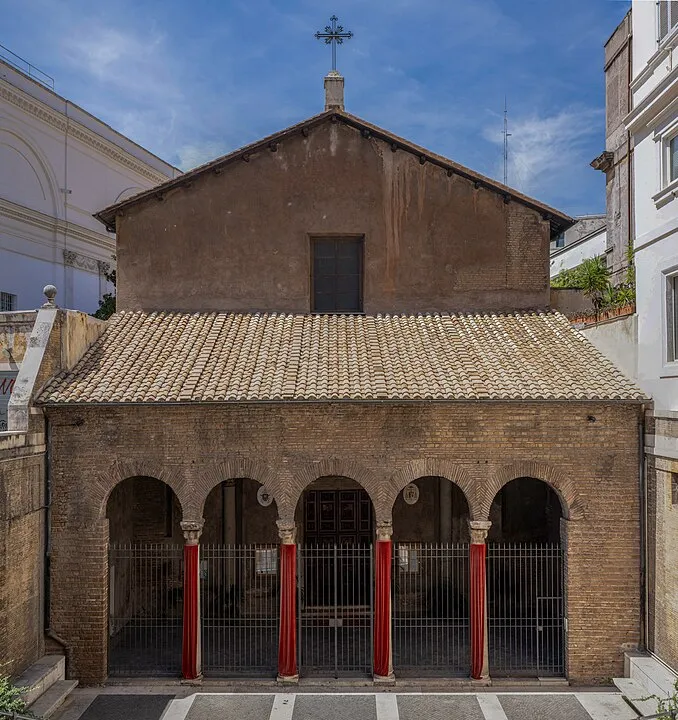
The Early Christian royal basilica of the Holy people Saints Vitale, Valeria, Gervasio and Protasio referred to all the more normally as the basilica of San Vitale and Compagni Martiri in Fovea (Roman Ward) or all the more just as San Vitale al Quirinale. It is the most seasoned Catholic spot of love in the memorable focus of Rome, situated in through Nazionale. The magnificent basilica of San Vitale al Quirinale, worked under the pontificate of Pope Siricius after 386 and blessed and luxuriously enriched by Pope Guiltless in 402 (Luigi Hutter and Vincenzo Golzino) is the principal public Christian basilica with a baptistery (still not found) not established on previous agnostic sanctuaries, referenced in the Liber pontificalis, worked by the Head Theodosius at the command of Holy person Ambrose of Milan, to pay tribute to the marvelous disclosure of the groups of saints Gervasius and Protasius in Milan. It is the most frescoed basilica in Rome.
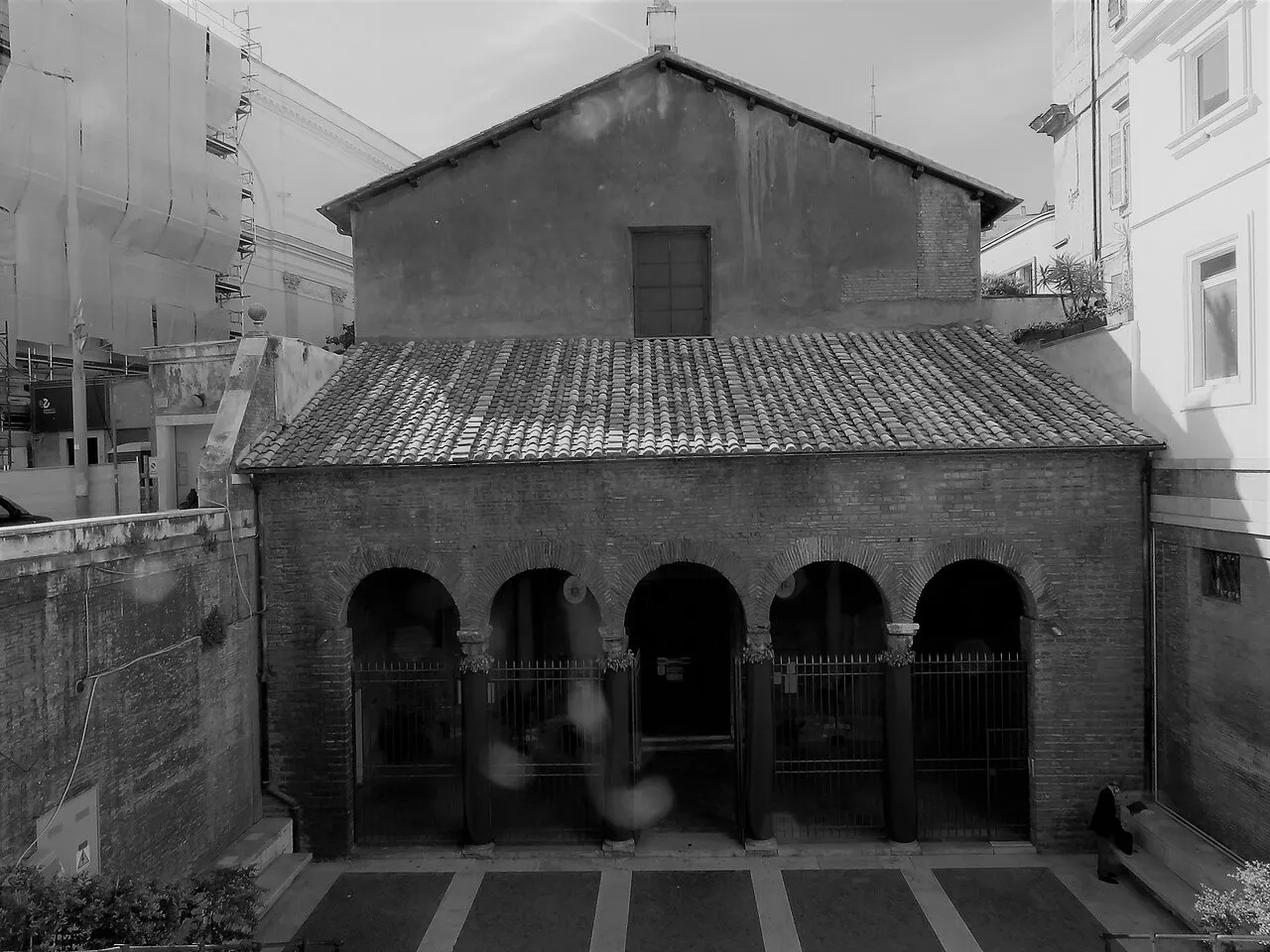
The Basilica of Holy people Vitale and Colleagues Saints in Fovea was worked around 400 Promotion with financing given by Vestina, a well off widow. The basilica was blessed by Pope Guiltless I in 401 or 402 Promotion, and at first committed to Holy people Gervasius and Protasius, two early Christian saints. This underlying commitment procured the congregation the title of Titulus Vestinae. Nonetheless, the commitment of the congregation to Holy person Vitalis and his family, including his significant other Holy person Valeria and their children, Holy people Gervasius and Protasius, was formally kept in 412 Promotion.
The congregation’s name is referenced in the demonstrations of the 499 assembly of Pope Symmachus, where it is alluded to as the Titulus Vestinae. Three clerics from the congregation are noted for having bought in their names during this occasion.
Restorations and Modifications
Throughout the long term, the basilica went through a few rebuilding efforts and reproductions. The most critical of these happened when Pope Sixtus IV had the congregation widely revamped before the Celebration of 1475. Afterward, the congregation went through additional progressions under the direction of Cardinal del Monte in 1512, and again in 1598.
In the nineteenth 100 years, the basilica saw one more reclamation in 1859, on account of the liberality of Pope Pius IX. Extra reclamations were completed in 1938 and 1960, protecting the basilica’s design through evolving times.
Over the long haul, the congregation’s floor level has dropped, and it presently lies a few meters underneath the road level of the cutting edge By means of Nazionale, mirroring the city’s development throughout the long term.
Customs and Social Contributions
By and large, the basilica was likewise known for its magnanimous practices. As per the desire of Francesco Silla, a man of honor from the Walks, free bread was dispersed to the poor each Friday. This demonstration of noble cause turned into a longstanding custom, mirroring the congregation’s obligation to the government assistance of the local area.
Architecture of Basilica of Saints Vitale and Companions Martyrs in Fovea, Rome, Italy
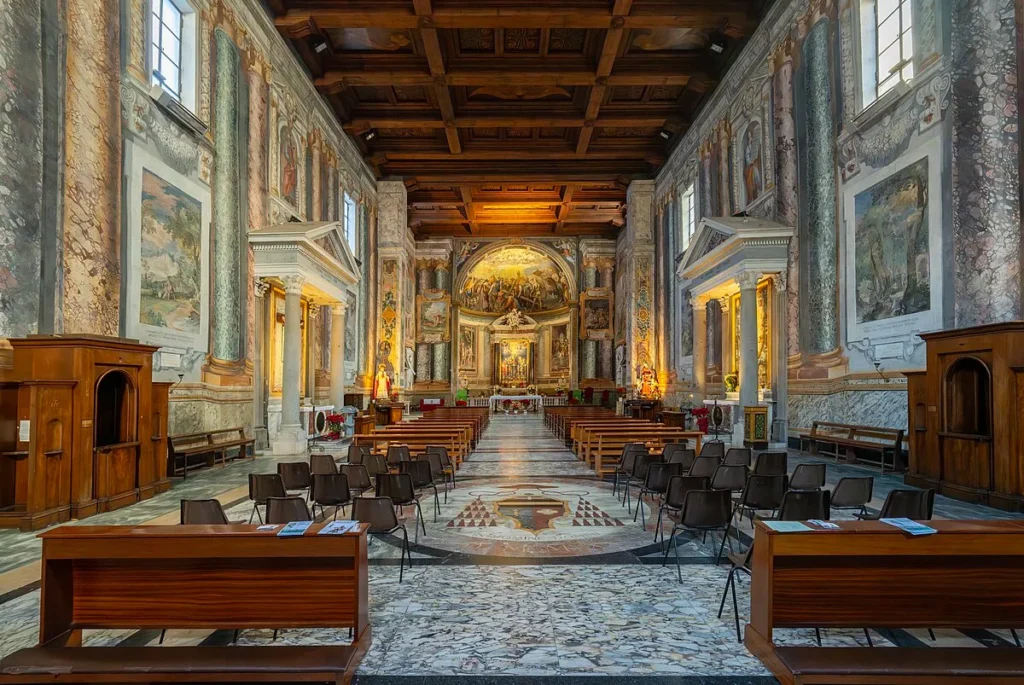
Architectural Style : Ancient Roman Architecture
Exterior of the Basilica
The exterior of the Basilica of Saints Vitale and Companions Martyrs in Fovea retains significant elements from its ancient origins, particularly the portico, which is considered one of the oldest surviving parts of the church. The portico likely dates back to the 5th century, making it a key feature in understanding the basilica’s early architectural form. This portion of the church is a testament to the skill and vision of its early builders. However, as with many historical structures, changes were made over time. At the end of the 16th century, the portico underwent substantial modifications, reflecting the evolving artistic tastes and needs of the era. These changes included the addition of an inscription featuring the arms of Pope Sixtus IV, marking his involvement in the church’s restoration. The inscription serves not only as a decorative element but also as a historical marker of the church’s development during that period.
In 1859, during the papacy of Pope Pius IX, further enhancements were made to the exterior. The pope ordered the construction of a new staircase leading to the 5th-century portico. This staircase allowed for easier access to the church while simultaneously enhancing the grandeur of the entrance. The addition of the staircase served as a functional and aesthetic improvement, contributing to the church’s impressive appearance and accessibility for pilgrims and visitors alike.
Interior of the Basilica
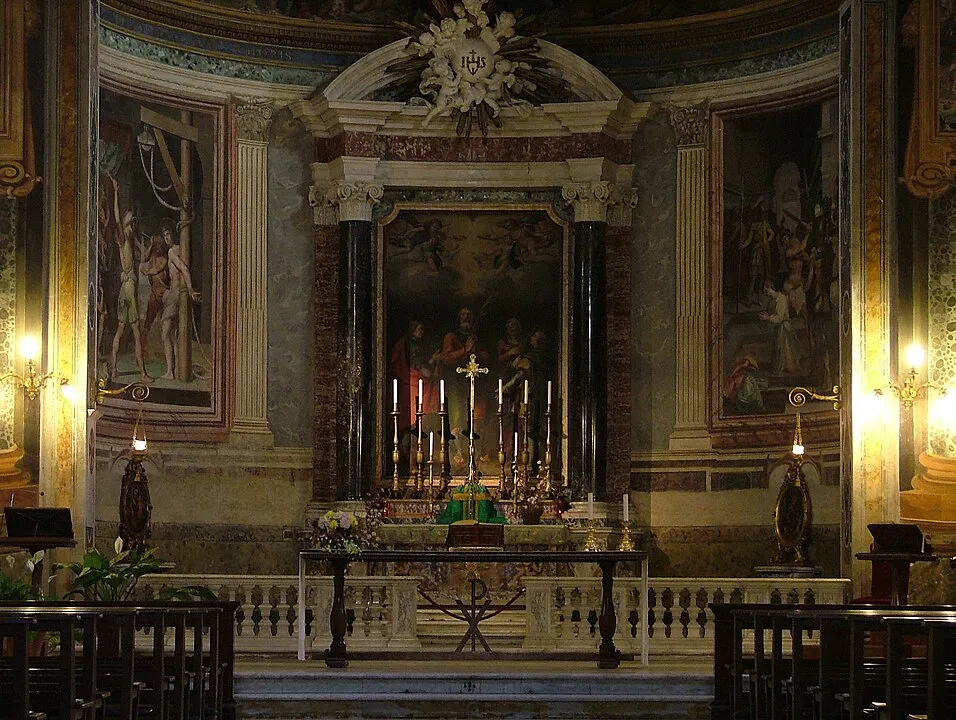
The Altar and Martyrdom Frescoes
The interior of the basilica is marked by a simple yet elegant single nave, which serves as the focal point of the church’s worship space. The walls of the nave are adorned with a series of frescoes depicting various scenes of martyrdom, which underscore the church’s deep connection to the early Christian tradition of honoring martyrs. These frescoes are not only artistically significant but also serve as vivid reminders of the sacrifices made by early Christians. One of the most notable frescoes is the Martyrdom of Saint Ignatius of Antioch, which portrays the saint’s brutal death by beasts in the Colosseum. The fresco is unique in that it includes a ruined Colosseum, symbolizing the violent persecution faced by early Christians in ancient Rome, while also highlighting the church’s historical context in the city.
The Apse and “The Ascent to Calvary”
At the far end of the basilica, the apse stands out as one of the most visually striking and spiritually significant elements of the interior. This part of the church is one of the few surviving features from the original 5th-century construction. In this space, the basilica houses a stunning fresco by Andrea Commodi, entitled The Ascent to Calvary. This powerful fresco captures the dramatic moment of Christ’s journey to the cross, a central event in the Christian narrative. The vivid depiction of Christ’s suffering and sacrifice in the fresco offers a poignant spiritual message to visitors, drawing their attention to the themes of redemption and sacrifice.
The apse and its fresco remain a vital link to the early Christian traditions and artistic styles of the 5th century. The fresco’s vibrant colors and detailed composition provide a strong visual connection to the church’s historical and theological significance. It is not only an important religious artwork but also a key example of the artistic heritage of the Renaissance period, reflecting the influence of artists like Andrea Commodi in the development of Christian iconography.
In sum, the interior of the basilica, with its frescoes and apse decoration, offers visitors both an aesthetic and spiritual experience, grounding them in the long history of Christianity in Rome and the enduring legacy of its martyrs.
Feast Day
Feast Day: 28th April
Feast Days and Celebrations: The church likely observes feast days and celebrations dedicated to Saint Vitalis and his companions, such as their feast day on April 28th in the Roman Catholic calendar.
Church Mass Timing
Monday : 8:00 AM and 6:30 PM
Tuesday : 8:00 AM and 6:30 PM
Wednesday : 8:00 AM and 6:30 PM
Thursday : 8:00 AM and 6:30 PM
Friday : 8:00 AM and 6:30 PM
Saturday : 8:00 AM and 6:30 PM
Sunday : 11:30 AM and 6:30 PM
Church Opening Time:
Monday : 7:30 am – 7:00 pm
Tuesday : 7:30 am – 7:00 pm
Wednesday : 7:30 am – 7:00 pm
Thursday : 7:30 am – 7:00 pm
Friday : 7:30 am – 7:00 pm
Saturday : 7:30 am – 7:00 pm
Sunday : 7:30 am – 7:00 pm
Contact Info
Address :
Via Nazionale, 194/b, 00184 Roma RM, Italy
Phone : +39064823338
Accommodations
Connectivities
Airway
Rome Airport (FCO) to Basilica of Saint Vitale and Companions Martyrs in Fovea Rome distance between 39 min (31.3 km) via A91.
Railway
Roma Termini to Basilica of Saint Vitale and Companions Martyrs in Fovea Rome distance between 10 min (2.5 km) via Via Venti Settembre.

